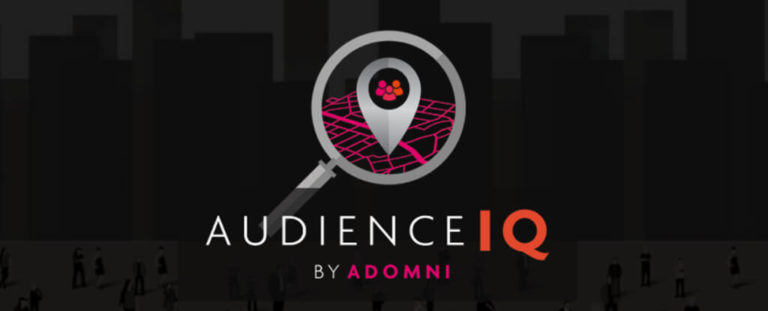The Future of AI-Powered DOOH Ads
Published: May 3, 2023
There has been significant buzz surrounding AI recently – from the sensationalized ChatGBT, which accrued an unprecedented 100 million sign-ups in just 2 months, to the groundbreaking advancements in natural language processing and computer vision that have revolutionized an array of industries. AI is slowly becoming an integral part of our daily personal and work lives, enabling advanced automation, predictive analytics, and personalized experiences across a wide range of applications. And this isn’t new in the OOH sphere either.
The integration of AI has been an ongoing trend in the DOOH industry for years, with innovative campaigns leveraging its capabilities to deliver more impactful and engaging consumer interactions. Let’s delve into a few historically significant AI-powered DOOH campaigns and explore how these powerful tools can optimize advertisers’ campaign performance today, unlocking new levels of targeting precision, data-driven insights, and personalized experiences for audiences!
DOOH You See What I See?
One of the most impactful AI tools in the realm of digital out-of-home advertising today is object or facial recognition. By strategically placing cameras, this sophisticated technology can seamlessly detect movement and identify the most relevant ads to display. When these cameras are positioned near a screen, they gather extensive data, including the number of vehicles or pedestrians passing by. This information holds immense value for advertisers, as it can help determine the optimal advertising location and provide insights into the audience demographics in those areas.
A noteworthy example of this AI technology can be observed in Poland, where the authorities recognized the hazards associated with malfunctioning headlights.. In response to this issue, they forged a partnership with Screen Network to launch the “Your Lights – Our Security” campaign. Powered by AI-based object recognition cameras and software, this innovative feature was specifically engineered to identify vehicles lacking proper headlights during nighttime. It successfully captured the car’s make and color, enabling personalized warnings to drivers ahead on a 540-foot LED screen. This campaign exemplifies the transformative potential of AI technology in improving road safety and enhancing public awareness!
DOOH is Decoding Emotions
An AI technology known as sentiment analysis is making significant strides in the digital out-of-home community. The revolutionary tool analyzes passerby’s emotions when they gaze at a DOOH screen. By leveraging AI facial recognition software, strategically-placed cameras adapt real-time ads based on the audience’s prevailing moods. This technological advancement is a significant advantage for advertisers, as it collects valuable insights into the audience’s emotional responses to their ads. Armed with this data, brands can craft more targeted and impactful advertising campaigns in the future.
Pepsi Max tested this technology on their “Live For Now” campaign. By harnessing the power of AI and AR innovation, Grand Visual brought the “Unbelievable” essence of Pepsi Max to life on a digital bus shelter. Unsuspecting commuters and passersby were treated to awe-inspiring visuals, such as a giant laser-shooting robot, a fiery incoming asteroid, and tentacles emerging from a maintenance hole. The captivating footage captured on the campaign’s first day showed so much success that it was turned into a social film, widely shared with the online community. The campaign achieved worldwide success, amassing over 8 million views on YouTube, with 3 million views reached in just five days! The PR buzz reached over 385 million people spanning from Brazil to Australia!
Voice-Activated DOOH
Voice recognition is a dynamic AI-powered tool that amplifies consumer engagement and fosters interaction. DOOH advertisers are taking advantage of this new technology to reach on-the-go consumers, leveraging its capabilities to create more immersive and personalized advertising experiences. Interestingly, Magna's research has indicated that listeners are 35% more receptive to audio ads than viewers, highlighting the effectiveness of voice-based interactions in capturing audience attention and delivering impactful messages.
As AI continues to permeate various aspects of our lives, its significance in the digital out-of-home world is becoming increasingly evident. The advertising industry is witnessing a surge in demand for AI-powered solutions as consumers seek more engaging and seamless experiences. By embracing AI technologies, advertisers can unlock new possibilities to captivate audiences, optimize campaign performance, and stay ahead in an ever-evolving landscape. The future of DOOH lies in harnessing the power of AI, paving the way for even more innovative and impactful advertising strategies that resonate with consumers on a deeper level.
Written By: Julia Cramer
To get the latest updates on out of home advertising, digital marketing and technology, follow us on:
Or sign up for our newsletter.






